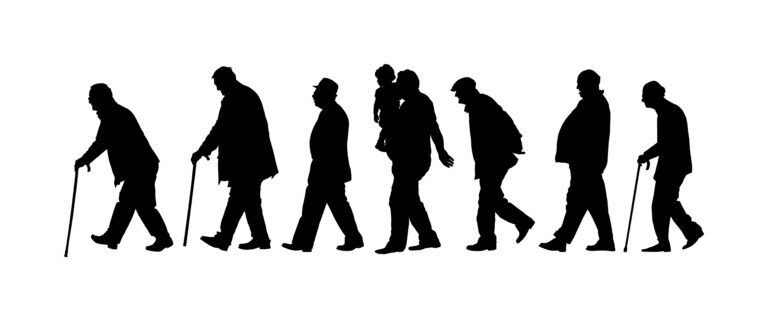Alzheimer’s disease is a debilitating condition that affects millions of people worldwide. It is a progressive disease that causes memory loss and cognitive decline, making it difficult for individuals to perform daily tasks such as getting dressed. One particular task that can be challenging for someone with Alzheimer’s is putting on shoes. As the disease progresses, tying shoelaces becomes increasingly difficult, leading to frustration and potential accidents. In such cases, velcro shoes are a great alternative and can make the shoe-wearing process much easier. If you have a loved one or know someone with Alzheimer’s struggling with putting on shoes, here are some tips on how to assist them in using velcro shoes.
Understand the Needs of the Person:
The first step in helping someone with Alzheimer’s use velcro shoes is to understand their specific needs and limitations. Every individual with Alzheimer’s is different, so it’s crucial to assess their condition and determine the level of assistance they require. Some may need help with basic tasks, while others may be able to do some things independently. Talk to the person’s doctor or caregiver to get a better understanding of their capabilities and needs.
Choose Suitable Velcro Shoes:
Not all velcro shoes are created equally. When selecting a pair for someone with Alzheimer’s, there are a few things to keep in mind. Opt for shoes with wide velcro straps that open and close easily. Avoid shoes with small or complicated velcro closures that can be hard for the person to handle. Additionally, make sure the shoes have a good grip and are comfortable to wear.
Step by Step Process:
When helping someone with Alzheimer’s use velcro shoes, it’s essential to break down the process into simple, manageable steps. Begin by asking the person to sit comfortably on a chair or bed. Make sure the shoes are placed in front of them, within easy reach. Start by unfastening the velcro straps entirely and opening the shoe wide. If the person has trouble recognizing left from right, label the shoes with L and R accordingly.
Assist with Placing the Foot:
Ask the person to place their foot into the shoe and guide their foot if needed. Encourage them to use their toes to slide into the shoe, as it may be difficult for them to lift their foot. Help them gently slide their heel into the back of the shoe and make sure their foot is correctly positioned. If the person has difficulty balancing, use one hand to support their ankle while they slide their foot into the shoe.
Fasten the Velcro Straps:
Once the foot is in place, guide the person’s hands to the velcro straps. Show them how to bring the straps over the shoe and press them firmly together. If the person has trouble gripping, you can assist them by holding onto the strap while they press down. Make sure the velcro is secured tightly to avoid any tripping hazards.
Practice and Encourage Independence:
Using velcro shoes may take some getting used to for someone with Alzheimer’s. Encourage them to practice putting on their shoes independently, even if it takes them a little longer. Praise and encourage them for their efforts and celebrate small victories. As they practice more, they may become more confident and able to put on their shoes without assistance.
Be Patient and Understanding:
Helping someone with Alzheimer’s use velcro shoes can be challenging at times, but it’s essential to be patient and understanding. The disease affects each person differently, and it may take time for them to adjust to using velcro shoes. Always approach the task with kindness and understanding, as it can be frustrating for both you and the person you’re helping.
In conclusion, assisting someone with Alzheimer’s in using velcro shoes requires understanding, patience, and a step-by-step process. By following these tips, you can make this everyday task more manageable for your loved one or someone in your care. Remember, the most crucial aspect is to approach the task with kindness and understanding, as it can make a world of difference in helping someone with Alzheimer’s maintain their independence and dignity.





